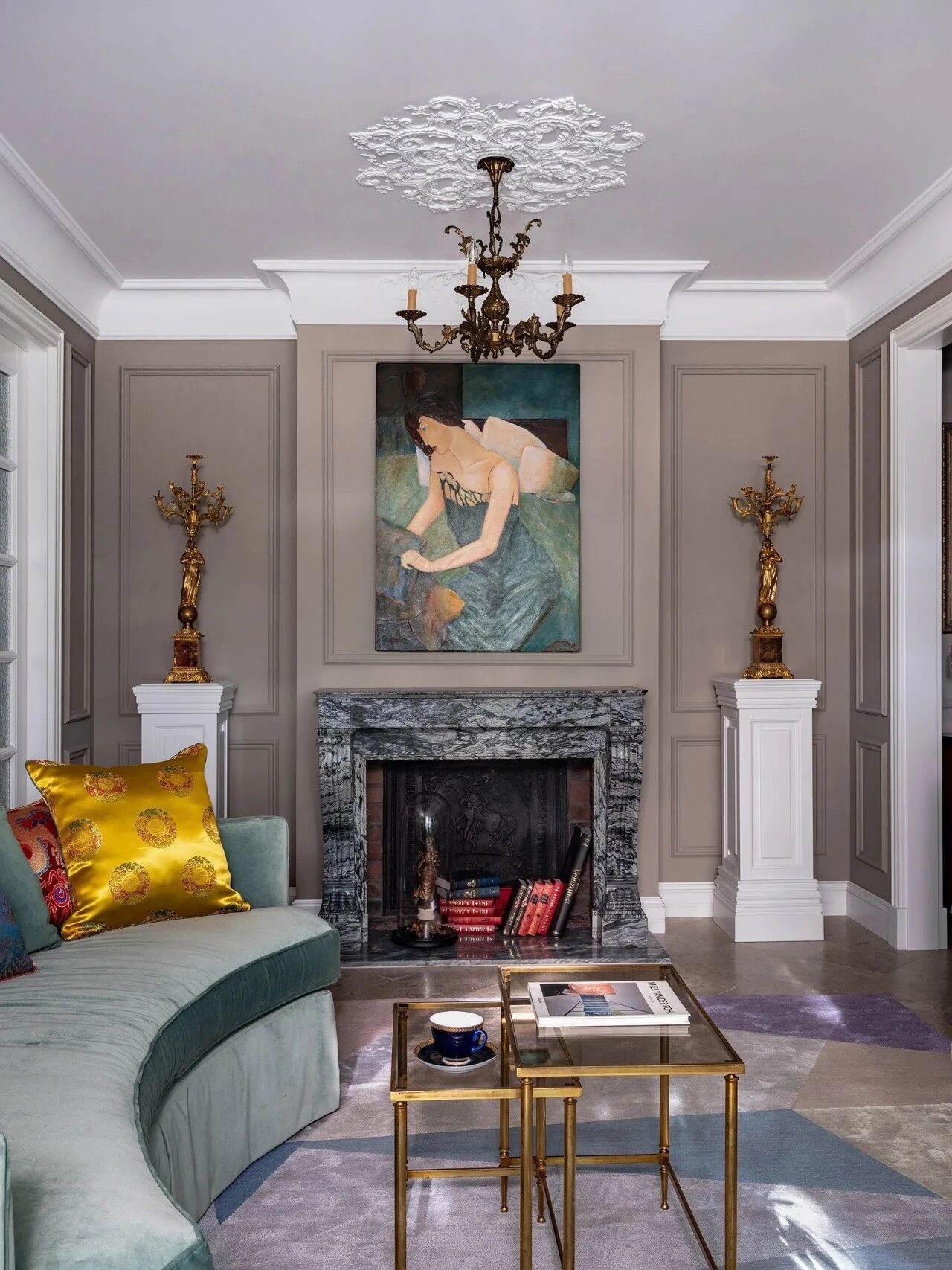The Parasite Project A Venezuelan School is Resourcefully Renovated by Atelier Caracas
2019-03-14 14:32
When Venezuelan architects Rodrigo Armas and Julio Kowalenko of Atelier Caracas were commissioned to transform the canteen of a local school into a flexible dining area that could also host small theatrical productions and art shows, they viewed it as an opportunity to revamp the entire building which was in a dire condition—not least because of the socioeconomic crisis that is currently ravaging the country. Faced with budget constraints, the team came up with a simple yet demanding solution inspired by the physiology of parasites. Yes, you read that correctly: just like a parasite living off its host alters its environment without changing the host’s DNA, the architects re-used the building’s existing materials in new and innovative ways in order to alter the school’s spatial configuration and overall ambience.
当委内瑞拉建筑师罗德里戈·阿尔马斯(Rodrigo Armas)和加拉加斯(Atelier Caracas)的胡里奥·科瓦连科(Julio Koalenko)受托将当地一所学校的食堂改造成一个灵活的就餐区时,他们认为这是一次机会,可以改造整个处于困境中的建筑-尤其是因为目前正在肆虐该国的社会经济危机。面对预算限制,该团队提出了一个简单但要求很高的解决方案,该解决方案受到寄生虫生理学的启发。是的,你正确地理解了这一点:就像寄生在宿主身上的寄生虫在不改变宿主DNA的情况下改变环境一样,建筑师们以新的和创新的方式重复使用建筑的现有材料,以改变学校的空间布局和整体环境。
Faced with growing classes and limited resources, the administration of El Ávila, a preschool to secondary school in Caracas, decided to accommodate a much needed space for creative purposes in the facility’s dining hall. The architects’ decision to re-use the building’s crumbling infrastructure to create brand new spaces not only made financial and environmental sense, it is also a source of inspiration for students and society at large, fostering creativity by demonstrating how beauty is a product of imagination rather than resources. As Kowalenko explains, “we wanted to rescue local materials that have been traditionally labelled as ugly or ordinary due to poor implementation”. Traditional slabs of white granite and humble terracotta tiles have been used to create bold curves on the floor; non-descript concrete blocks are animated by metallic door-frames and benches in bright yellow, while old blackboards find new life away from the classrooms as doors. Grounded on a playful aesthetic of graphical boldness, the school’s resourceful renovation not only draws attention to the importance of education but also functions as a design paradigm in a country experiencing severe shortages.
面对越来越多的班级和有限的资源,加拉加斯的一所幼儿园到中学的El-Vila政府决定在设施的餐厅为创意目的提供急需的空间。建筑师们决定重新使用建筑的摇摇欲坠的基础设施来创造全新的空间不仅是金融和环境的,也是对学生和整个社会的灵感源泉,通过展示美丽是一种想象的产物而不是资源来培养创造力。正如Kowalenko解释的那样,“我们想拯救传统上被标记为丑陋或普通的地方材料,因为执行不力”。传统的白色花岗岩板和简陋的水陶瓦已经被用来在地板上创建大胆的曲线;未描述的混凝土砌块由明亮的黄色的金属门框和长凳来设置动画,而老的黑板则会在教室中发现新的生命作为门。基于生动的图形大胆的美学,学校的足智多谋的革新不仅吸引了教育的重要性,而且也是一个在经历严重短缺的国家中的设计范例。
keywords:Design Interior Design
 举报
举报
别默默的看了,快登录帮我评论一下吧!:)
注册
登录
更多评论
相关文章
-

描边风设计中,最容易犯的8种问题分析
2018年走过了四分之一,LOGO设计趋势也清晰了LOGO设计
-

描边风设计中,最容易犯的8种问题分析
2018年走过了四分之一,LOGO设计趋势也清晰了LOGO设计
-

描边风设计中,最容易犯的8种问题分析
2018年走过了四分之一,LOGO设计趋势也清晰了LOGO设计










































